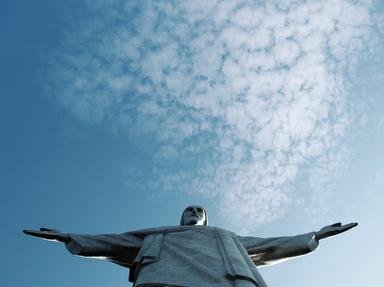Quiz Answer Key and Fun Facts
1. The Spanish Inquisition was officially sanctioned by the pope in the 15th century. However, the pope did not sanction a formal inquisition in the Americas till the end of the 16th c. What religious position had the power to engage in inquisitorial procedures before the formal founding of the Inquisition in colonial Mexico?
2. What name best describes the inquisitorial procedures before the formal arrival of a papally sanctioned court?
3. Who was the first bishop of New Spain (colonial Mexico) and consequently the first to engage in inquisitorial proceedings?
4. Mexico lacked a formal inquisition for many decades before the pope authorized the creation of a formal inquisition modeled on its Spanish counterpart. In what year was this Mexican Inquisition founded?
5. Indigenous people were subject to the formal Mexican Inquisition.
6. Both the Spanish and Mexican Inquisitions recognized torture as viable practice in their procedure. What was the 'official' rationale behind using torture in Inquisition procedure?
7. Punishments for similar crimes were similar regardless of the social/ethnic/racial status of the accused?
8. Inquisition courts were composed of several inquisitors who served as judges on the tribunal. After gathering information on the crime how did they reach their verdicts?
9. Modern judicial systems contain many rights for the accused. However, so did the Inquisition, which of the following rights was NOT given to defendants of the Mexican Inquisition?
10. Finally, which of the following groups prosecuted by the Inquisition in Spain were not prosecuted in Mexico?
Source: Author
airflorida
This quiz was reviewed by FunTrivia editor
bloomsby before going online.
Any errors found in FunTrivia content are routinely corrected through our feedback system.
